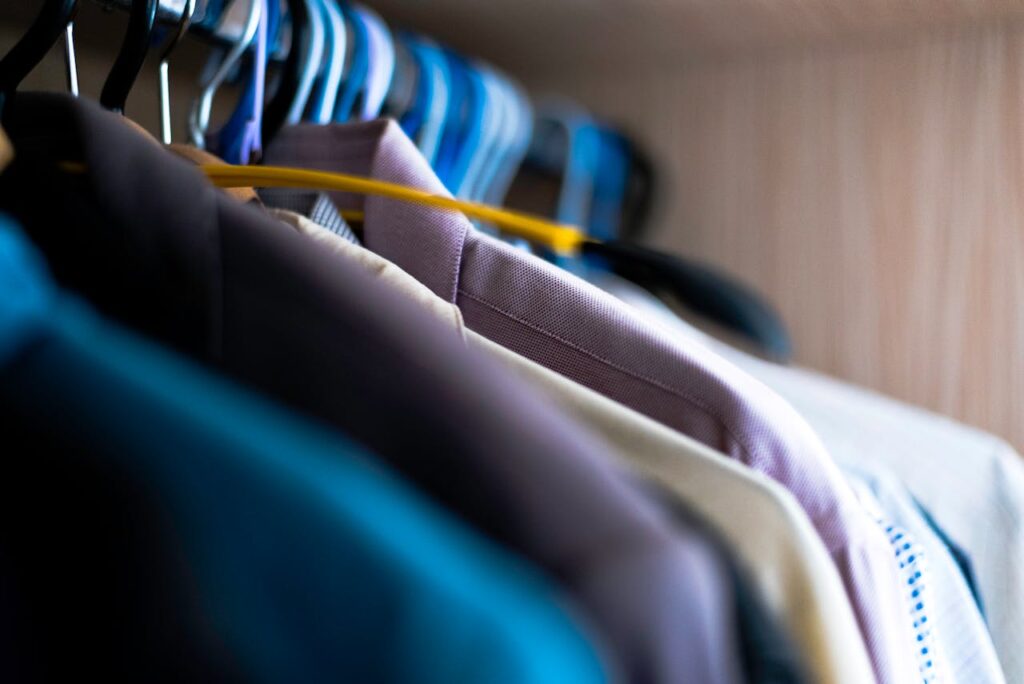The world’s largest iceberg, A23a, has broken free after three decades of being grounded in Antarctica’s Weddell Sea. This massive ice structure, weighing one trillion tonnes and measuring twice the size of Greater London (3,800 square kilometers), has begun its journey into the Southern Ocean.
Unprecedented Movement After 30 Years
A23a originally calved from Antarctica’s Filchner Ice Shelf in 1986. The colossal structure remained static in the Weddell Sea until 2020, when it began a slow northward drift. Recent observations confirm the iceberg has now escaped a Taylor Column – a unique oceanographic phenomenon where rotating water above a seamount had temporarily trapped it.
“It’s exciting to see A23a on the move again after periods of being stuck. We are interested to see if it will take the same route the other large icebergs that have calved off Antarctica have taken,” says Dr. Andrew Meijers, oceanographer at the British Antarctic Survey (BAS).
Scientific Observations and Environmental Impact
The British Antarctic Survey’s research vessel, RRS Sir David Attenborough, conducted crucial observations of A23a exactly one year ago. Scientists collected water samples and data to understand the iceberg‘s influence on ocean ecosystems.
“We know that these giant icebergs can provide nutrients to the waters they pass through, creating thriving ecosystems in otherwise less productive areas. What we don’t know is what difference particular icebergs, their scale, and their origins can make to that process,” explains Laura Taylor, a biogeochemist who participated in the BIOPOLE project.
More Stories
Current Trajectory
A23a’s movement follows the Antarctic Circumpolar Current, likely steering it toward the sub-Antarctic island of South Georgia. As it encounters warmer waters, scientists expect the iceberg to fragment into smaller pieces and eventually melt.
The iceberg’s movement is being studied to understand:
- Ocean circulation patterns
- Marine ecosystem impacts
- Nutrient distribution in Southern Ocean waters
Current Status
Recent observations from BAS confirm A23a continues its northward journey after breaking free from the Taylor Column vortex. The iceberg measures 400 meters in thickness, making it a substantial mass of ice moving through the Southern Ocean.
The British Antarctic Survey continues to monitor:
- The iceberg’s movement
- Local ecosystem effects
- Water composition around the iceberg


















